In 1922, Berkeley got its first radio station (KRE), which opened a broadcasting studio in the Claremont Hotel. That same year, on the other side of town, George Budgen was busy opening Berkeley Horticultural Nursery to the general public. There had been other nursery operations in Berkeley; mainly growers of cut flowers or food crops, but George was determined to supply the plants that he knew and loved from Europe to California gardeners.

Delivery to San Rafael, 1920
The following year a disastrous fire would sweep through the Berkeley hills, leaving architects and city planners to rethink their goals. The University of California was rapidly growing, and residential neighborhoods were springing up in the East Bay where before only weekend cottages of wealthy S.F. residents had existed. The Nursery adopted the advertising motto “It’s not a home until its planted”, during these early years.
Boom days of the twenties gave way to the great depression, when not unlike other businessmen, Mr. Budgen cut back on importing, and focused more on activities closer to home. His growing grounds in El Cerrito began producing perennials and alpine plants on a moderate scale; leading to the development of a rock-garden during the thirties. This demonstration garden would showcase the many unusual alpine plants and dwarf conifers that he offered for sale. Some magnificent 50-year-old examples can still be seen as you enter the nursery from McGee Avenue. He began building new offices and greenhouses in 1938 and slowly developed a new sales area over the next decade.

George Budgen and Ken Doty, 50th anniversary
With the fifties came “fuchsiamania”, and the annual Fuchsia Show was born. This event was held in early September to introduce new varieties and to provide workshops on the care and culture of Fuchsias. The enthusiasm people had for these unlikely plants was truly phenomenal, as thousands would visit the nursery each week in order to be part of this craze. The early fifties also brought a young nurseryman from Oregon who would soon be Mr. Budgen’s son-in-law and business partner at Berkeley Hort. Ken Doty was an avid hiker and outdoorsman bringing an interest in California native plants to the nursery during the years to follow.

George Budgen, George Doty, Ken Doty, 1972
Although the political turmoil seen in Berkeley during the sixties was not so evident at the nursery, it was reflected in people’s gardening habits. It seemed people were willing to try almost anything. Tried-and-true techniques were abandoned for “more advanced” methods…some were successful; others went the way of the lava lamp. It was clear, however, that people were thinking differently.
About the only noteworthy item during the seventies was a greatly expanded selection of exotic plants such as Malaysian Rhododendrons. It’s not clear whether this was a result of demand by the gardening public or just a result of the more highly trained and eclectic staff at Berkeley Hort. Such names as Jonathan Plant, Greg Lynn, Roger Raiche, Bill Pollard and Dan Charvet come to mind as part of the now highly respected alumni of that era.

Ken and Paul Doty, 1984
In 1982 we saw a loss of nearly all of the 200 original fuchsia varieties planted on the nursery grounds. A microscopic bug had somehow come to the Bay Area from Brazil, and was deforming and often killing fuchsias in our coastal climate. Hesitant to dose our plants biweekly with the requisite pesticide, and unable to tolerate the appearance of plants covered with distorted or thick lumpy leaves, we pulled out those plants not killed outright by this bug. It was at about this time that Paul (Ken’s son) finished his schooling at Davis and took over managing the nursery.
Most recently, the nursery has been strongest in its selection of roses, flower bulbs and rhododendrons. Winds of change are not blowing at BHN, but we are looking at ways of improving our services without compromising the quality and integrity of the business.
They say a store is only as good as its workers…and as in the past; this staff works hard to be the best!


